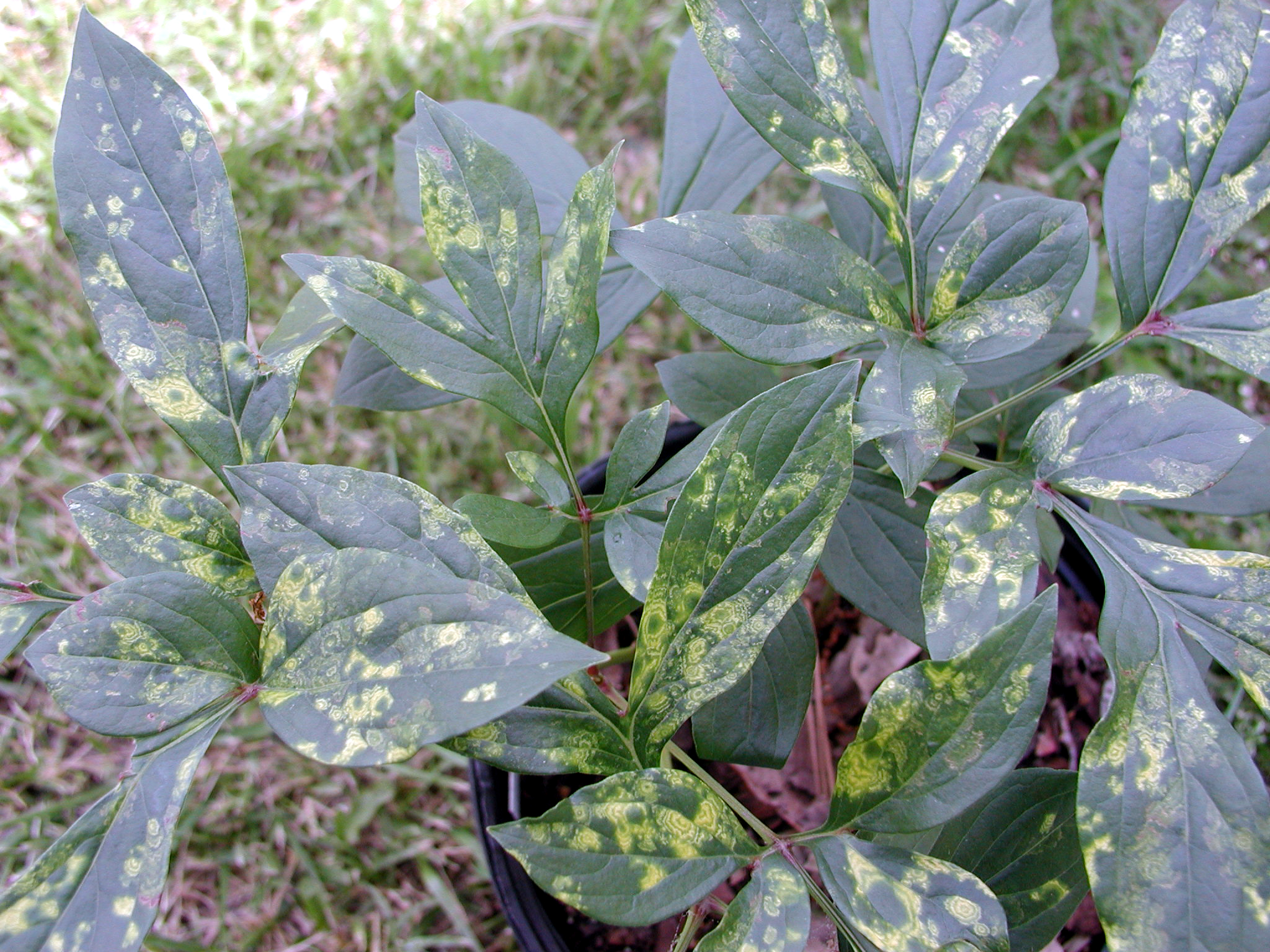Resource Library
Plant of the Week: Virus Considerations
For those of us who came of age in the 1950s, a virus scare is nothing new. As an eight-year-old I remember standing in line to receive Dr. Salk’s polio shot made from inactivated virus. A couple years later, a sugar cube with vaccine made from Dr. Sabin’s live virus was administered. At the time, I knew nothing of the nature of viruses but I distinctly remember the tension of the time and the fear of being imprisoned in an iron lung. COVID-19 is going to have a profound effect on our society, so let us examine the nature of viruses.
Viruses are submicroscopic infectious agents that are only capable of reproducing inside a host cell. Unlike living organisms that grow by cell division, these cell-less particles reproduce by instructing host cells to build and assemble the needed parts for new units. The almost 5,000 species of viruses that have been described and classified thus far can infect plants, animals, or bacteria. Viruses mutate (evolve) readily but don’t jump kingdoms; plant viruses only attack plants and animal viruses only affect animals. With the plant viruses, it is not uncommon for a given virus to attack a number of different plants, sometimes even in different plant families.
Viruses are tiny, requiring electron microscopes to see them. The photo making the rounds of the coronavirus on TV - the gray ball with the red, fuzzy appendages - is actually a generalized view of all these closely related viruses. At its core the coronavirus contains a strand of RNA (the genetic code needed for reproduction), a protein layer encapsulating the genetic code, an outer lipid (fat) bilayer that is outfitted with spike-like probes. It is the solubility of the outer layer of fat that makes virus particles susceptible to soapy hand washing or alcoholic hand washes. The spikey probes on the outer shell match attachment points on the host cell wall and provide anchorage and entry points for getting the RNA into the host cell.
Most viruses store their genetic information in a short strand of RNA, essentially one leg of the double stranded DNA molecule. COVID-19 is such a virus, meaning that when the RNA of the virus invades a host cell, it can directly instruct the ribosomes of the host to produce proteins needed to build new virus particles. The slow turnaround time for the initial COVID-19 test is because the test requires the conversion of the RNA into a strand of DNA, then the mass production of that strand of DNA to get enough material to test, and then finally reading the results using conventional DNA fingerprinting techniques. The rapid tests now being produced by Abbott Labs looks for specific segments of the RNA genome, eliminating the time consuming multistep process of mass producing DNA.
The first virus to be identified was tobacco mosaic virus (TMV), a readily transmissible virus that can attack all members of the nightshade family including tobacco, petunias, tomatoes and potatoes. The disease was known since the late 19th century, but all researchers could conclude was that it was not caused by a bacterium. The word virus was coined by a Dutch microbiologist in 1898 and used to describe the non-bacterial nature of the disease. In the 1930s TMV was crystalized and shown to be infectious after this extraction process.
TMV and COVID-19 share one common trait. Both are easily transmissible. With TMV, handling infected plants or smoking cigarettes made from infected tobacco leaves mechanically spread the virus to new hosts. In COVID-19, the virus spreads in droplets of nasal mucus expelled from infected hosts. Because gravity quickly acts on these droplets, the recommended six foot distance is sufficient to limit person to person spread. Provided, that is, that the droplet did not fall on a door knob, shopping cart or some other surface.
A question that has long raged in biology is whether viruses are alive or not. They lack certain key components of life. For example, they do not respire, they do not reproduce directly and they don’t have cell division. But they certainly get the job of replication done inside a host cell and they can be killed by hand washing. So, at least in my view, they meet the minimal criteria for life, all be it a very primitive form.
For more information about horticulture or to see other Plant of the Week columns, visit Extension’s Website, www.uaex.uada.edu, or contact your county extension agent. The Cooperative Extension Service is part of the U of A Division of Agriculture.
